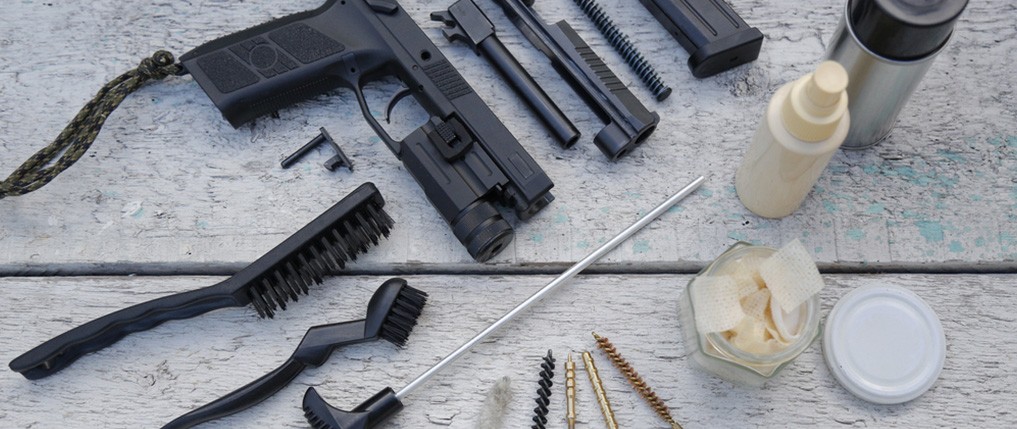
Understanding the Legal Use of Solvent Traps in Firearm Maintenance
Solvent traps, designed for firearm maintenance, catch cleaning solvents to avoid messes and environmental harm. You fit them onto the firearm’s muzzle; as you clean, they trap excess liquid. They’re not just handy—using one shows respect for nature with every gun cleaning session.
Yet you know rules shape how we use tools like these. Let’s make sure your solvent trap practice stays on the right side of the law. Up next: clear-cut regulations surrounding solvent traps help keep everything above board.
Navigating Solvent Trap Regulations
When you’re cleaning your firearm, using a Solvent Trap Cleaning Kit helps collect the dripping solvent and debris. But be careful; not all devices on the market are just for cleaning. Some might fall under regulations applied to “firearm silencers” by both the Gun Control Act (GCA) and National Firearms Act (NFA).
Features like baffles or marks for drilling holes could classify them as silencers because they’re designed to reduce gun noise. So before buying or making modifications that may seem minor, check with experts at your local ATF Field Office to make sure you comply with federal laws.
Solvent Trap Cleaning Kit Essentials
When building your solvent trap cleaning kit, you want to make sure that it includes all the essential components for effective and legal firearm maintenance. As a vital aspect of gun care, here’s what should be included:
- An end cap is crucial; it seals the solvent trap securely. This means no spills as you clean your firearm, which keeps things tidy and safe.
- The tube serves as the core structure holding solvents in place during the cleanup process. Made from materials like stainless steel or titanium, tubes are durable against harsh chemicals.
- Storage cups within your solvent trap act as dividers for capturing debris efficiently while also organizing varying solvents used throughout cleaning sessions.
Always remember to stay informed about ATF regulations on these devices to ensure proper usage without legal issues.
Maximizing Safety with Solvent Traps
Solvent traps are vital for capturing cleaning solvents, thereby maximizing firearm safety by keeping the work area clean and reducing exposure to potentially harmful chemicals. Use these devices as they’re intended, but always be cautious; modifications can attract federal scrutiny. It’s advised that you purchase from experienced manufacturers who prioritize precision and quality in design.
Before any alterations, it’s crucial to fully understand and comply with ATF regulations—doing so ensures lawful use of solvent traps during your firearm maintenance routine without legal complications or risking personal harm from a poorly modified device. Remember: responsible ownership includes adherence to all guidelines regarding such tools.
Knowing how solvent traps fit into firearm upkeep, while staying on the right side of the law, can feel tricky. But you’ve got this! Armory Den offers ATF-compliant products so you stay within legal boundaries.
Remember to keep up with local regulations. Your safety and adherence to laws are paramount when using these tools for cleaning firearms efficiently.
Keep it clean, safe, and lawful!



